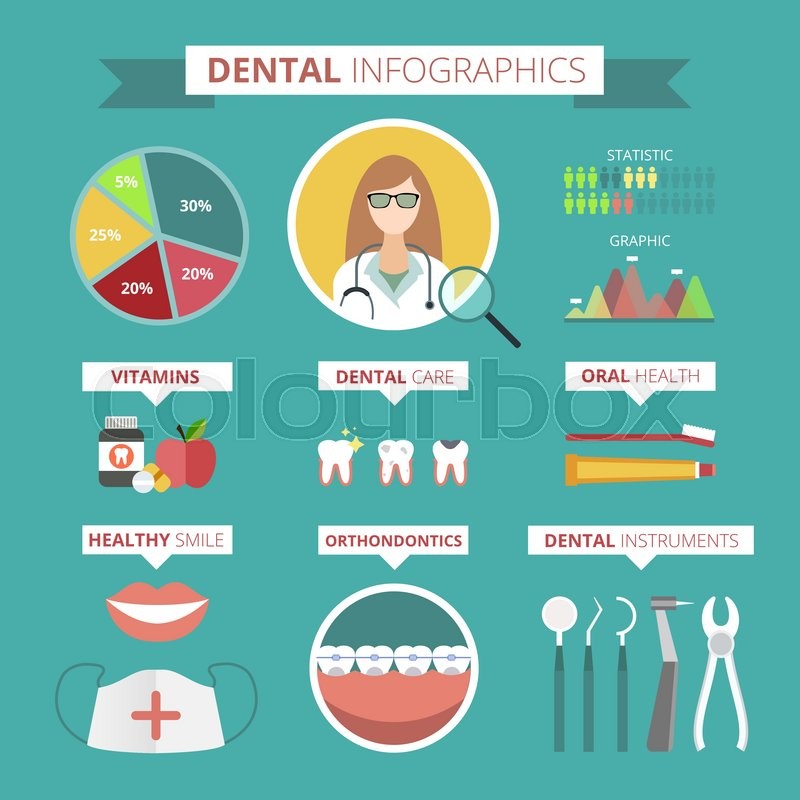The Future Of Oral Surgery: Developments And Advancements Forming The Area
The Future Of Oral Surgery: Developments And Advancements Forming The Area
Blog Article
Staff Writer-Petersson Browne
Invite to the globe of dental surgery, where technologies and breakthroughs are forming the future of the field! In this amazing realm, you'll witness the transformative power of robotics, the cutting-edge marvel of 3D printing, and the game-changing effect of minimally invasive methods.
The future of dental surgery holds a pledge of precision, performance, and enhanced individual outcomes. With the help of advanced robotics, cosmetic surgeons are able to carry out intricate procedures with better accuracy and control.
3D printing modern technology is revolutionizing the production of oral implants and prosthetics, providing personalized solutions that fit effortlessly right into each patient's unique composition.
Furthermore, minimally intrusive techniques are minimizing post-operative discomfort and recovery time, permitting clients to return to their day-to-days live faster.
Get ready to explore the amazing innovations and advances that are improving the landscape of oral surgery!
Developments in Robotics
One significant improvement in dental surgery is using robotic technology, which permits precise and reliable surgical procedures. With the help of robotic systems, dental doctors have the capacity to carry out complex surgical treatments with enhanced precision, minimizing the danger of human error.
These robot systems are equipped with sophisticated imaging technology and accurate tools that allow cosmetic surgeons to browse through detailed anatomical frameworks easily. By using robot modern technology, doctors can accomplish better surgical accuracy, leading to improved client end results and faster recovery times.
In visit the up coming internet page , the use of robotics in dental surgery permits minimally intrusive treatments, reducing the injury to surrounding cells and advertising faster healing.
3D Printing in Dental Surgery
To boost the area of oral surgery, you can check out the subtopic of 3D printing in oral surgery. This ingenious innovation has the possible to revolutionize the means oral specialists operate and deal with patients. Here are four essential ways in which 3D printing is shaping the area:
- ** Personalized Surgical Guides **: 3D printing permits the development of highly accurate and patient-specific medical overviews, enhancing the precision and effectiveness of procedures.
- ** Implant Prosthetics **: With 3D printing, dental specialists can create personalized implant prosthetics that perfectly fit a client's special anatomy, resulting in far better outcomes and individual fulfillment.
- ** Bone Grafting **: 3D printing makes dr kim for the manufacturing of patient-specific bone grafts, decreasing the need for conventional grafting methods and improving recovery and recuperation time.
- ** Education and Educating **: 3D printing can be made use of to create practical surgical designs for instructional purposes, enabling dental surgeons to practice intricate treatments prior to performing them on people.
With its potential to boost precision, modification, and training, 3D printing is an interesting growth in the field of dental surgery.
Minimally Invasive Techniques
To further progress the area of dental surgery, accept the capacity of minimally intrusive methods that can considerably profit both doctors and individuals alike.
Minimally intrusive methods are changing the field by reducing surgical injury, lessening post-operative pain, and increasing the healing procedure. These methods involve using smaller sized lacerations and specialized tools to execute procedures with precision and effectiveness.
By making use of advanced imaging technology, such as cone beam computed tomography (CBCT), specialists can accurately plan and execute surgical procedures with minimal invasiveness.
In addition, the use of lasers in oral surgery permits specific tissue cutting and coagulation, causing reduced blood loss and lowered healing time.
With minimally intrusive methods, people can experience quicker recovery, reduced scarring, and improved results, making it an important facet of the future of dental surgery.
Final thought
So, as you can see, the future of dental surgery is extremely encouraging, with exciting innovations and developments shaping the area.
From the developments in robotics to using 3D printing and minimally invasive techniques, oral surgeons are transforming the way they give treatment.
While some might stress over the potential cost related to these developments, it is necessary to bear in mind that these technologies inevitably boost person results and lower healing time, making them well worth the financial investment over time.
